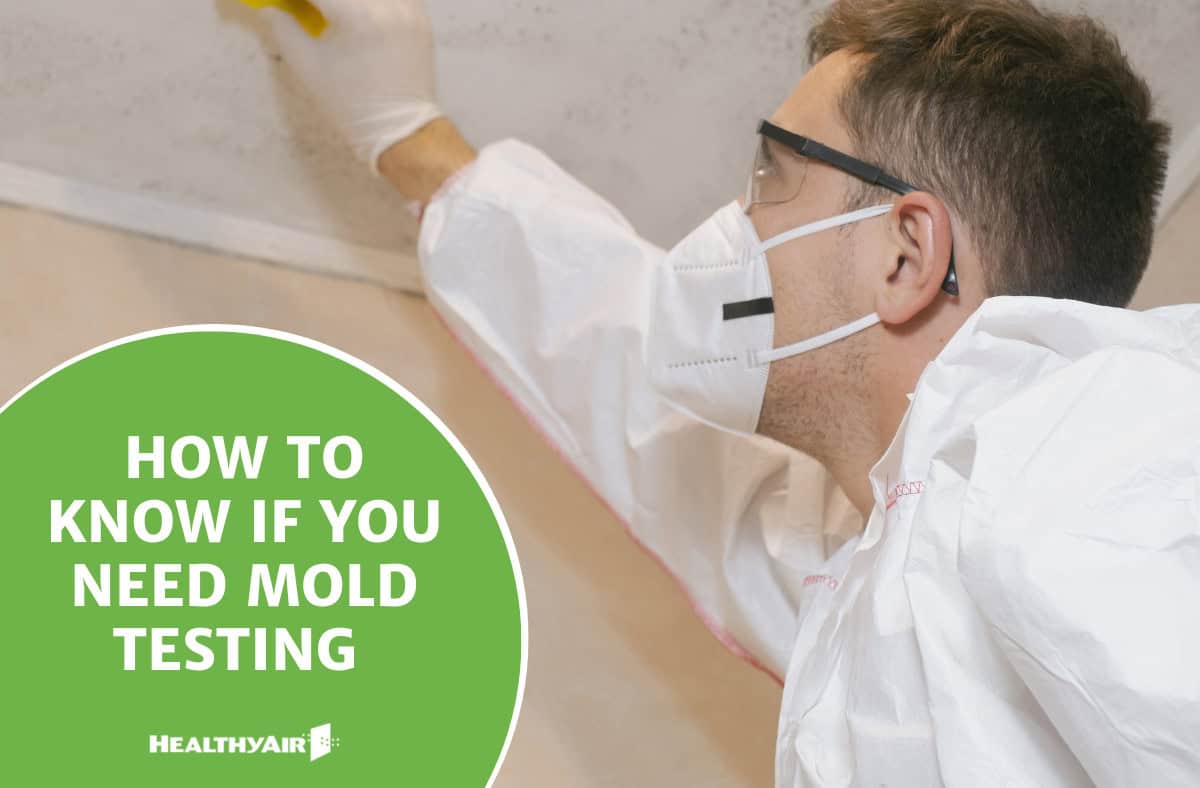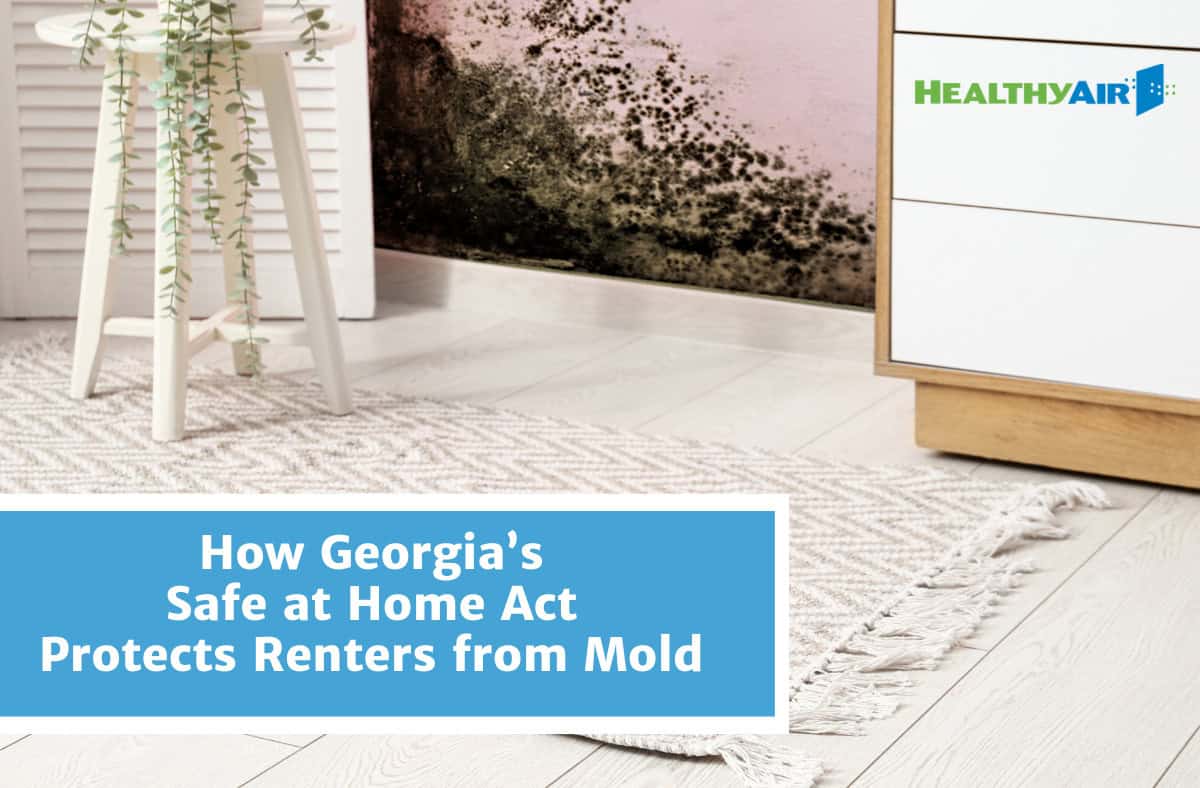Dust Mites: Who Is Affected and Where Are They Found?
Dust mites are the most common allergen-producing organism found in the home. In fact, 90% of the population that experiences any…
Dust Mites: Who Is Affected and Where Are They Found?
Dust mites are the most common allergen-producing organism found in the home. In fact, 90% of the population that experiences any allergy-based symptoms reacts to dust mite allergen. They live in carpets, upholstered furniture, bed pillows and mattresses. If the relative humidity in your home is below 50%, dust mites dry up, but if the relative humidity rises above 50% they thrive. Under these conditions dust mites will rapidly reproduce causing a large increase in their fecal matter, which is the primary source of the dust mite allergen.
What can I do about dust mites?
The best solution for dust mites is to control the relative humidity in your home. Dust mites can not survive in areas where the humidity level is below 50%. Have the relative humidity checked in your home during summer and fall. Relative humidity can be controlled by the use of a whole-house dehumidifier installed adjacent to the air conditioner. By controlling the humidity, you completely remedy the dust mite problem.
Washing bedding in hot water has been shown to reduce dust mites. Since stuffed toys are a breeding ground for dust mites, choose toys that can be washed and thoroughly dried, and keep them off beds to reduce the exposure received during long hours of sleep. It may also help to put stuffed toys in the freezer for a day or so.
Zippered mattress and pillow covers that do not allow the mites to pass through appear to be effective in reducing the amount of exposure. While special “allergy” mattress covers are available, these are expensive. A less expensive alternative is to use a plastic mattress cover and a mattress pad. Launder all bedding in hot water (at least 130 degrees Fahrenheit).
It is important to vacuum often to remove dust mite allergens from carpets and flooring. However filter bags allow small particles to go back into the air and may actually raise dust levels in the air. Vacuums with high efficiency filters and central vacuum systems reduce the airborne dust generated by vacuum cleaning.
Dust mite specifics:
- Genus: Dermatophagoides; Mites are Arachnids (members of the spider family)
- Species: Dermatophagoides Farinae (DF) commonly found in North America
- Size: About 250 to 300 microns in length
- Adult Mite Lifespan: Up to 3 months; (3 larval stages)
- Reproduction: Female mites lay about 25 to 50 eggs
- Habitat: Mites live in carpet, fabric upholstery, and mattresses
- Diet: Human skin scale, animal dander and trace nutrients. Mites need to absorb humidity, they cannot drink water
- Allergen: Dust mite fecal material
- Body Color: Translucent
- Average Threshold Before Developing Allergies: 100 mites/gm of dust
- Allergic Reactions: asthma, rhinitis
- Living Conditions: Temp. Range: approx. 59°F to 95°F (15°C to 35°C)
- Relative Humidity Range: approx. 55% to 85%



